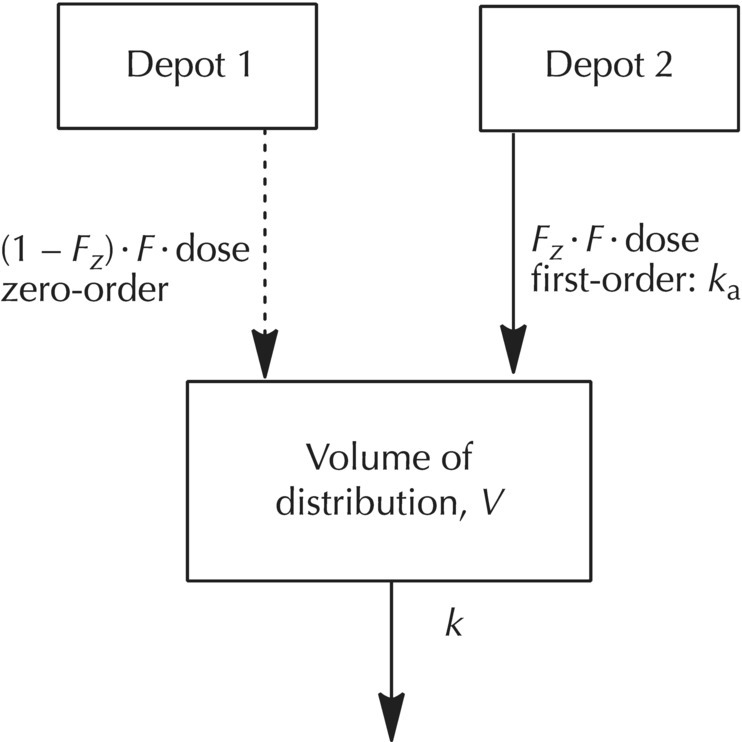
Future research should focus on the simultaneous pharmacometabolomics analysis in brain and plasma to increase the interpretability of these responses. The resulting PKPD cluster model described diverse pharmacometabolomics responses and provided a further understanding of remoxipride pharmacodynamics. This is the first time that pharmacometabolomics and PKPD modeling were integrated. The glycine, serine and threonine pathway was associated with remoxipride pharmacology, as well as the brain uptake of the dopamine and serotonin precursors. We identified 6 different clusters with different time and dose dependent responses and 18 metabolites were revealed as potential biomarker. In total 44 metabolites were detected in plasma, many of them showing a dose dependent decrease from baseline. Finally, the metabolites were evaluated for being significantly affected by remoxipride. These models were clustered on basis of proximity between their PKPD parameter estimates, and PKPD models were subsequently fitted for the individual clusters.

Endogenous metabolites were analyzed in plasma using a biogenic amine platform and PKPD models were derived for each single metabolite. Remoxipride (vehicle, 0.7 or 3.5 mg/kg) was administered to rats. In this study we integrated pharmacometabolomics with pharmacokinetic/pharmacodynamic (PKPD) modeling to identify and quantify the multiple endogenous metabolite dose-response relations for the dopamine D2 antagonist remoxipride. 1 It solves pharmaceutical statistical problems in which within-subject and between-subjects variability is taken into account when fitting a pharmacokinetic and/or pharmacodynamic (PK/PD) model to data. NONMEM is a computer program that is implemented in Fortran90/95.

However, the pharmacodynamics is typically not evaluated in metabolomics studies, although being important properties of biomarkers. NONMEM stands for NONlinear Mixed Effects Modeling.

Pharmacometabolomics is a promising new tool to identify multiple molecular responses upon drug treatment.
Nonmem advan13 software#
Among the many software packages used in PM analysis, NONMEM is still accepted as the gold standard, although the user interface is not as good as other software and it has a steep learning curve. The study of central nervous system (CNS) pharmacology is limited by a lack of drug effect biomarkers. One of most important steps in pharmacometric (PM) analysis is simulation of various scenarios.


 0 kommentar(er)
0 kommentar(er)
